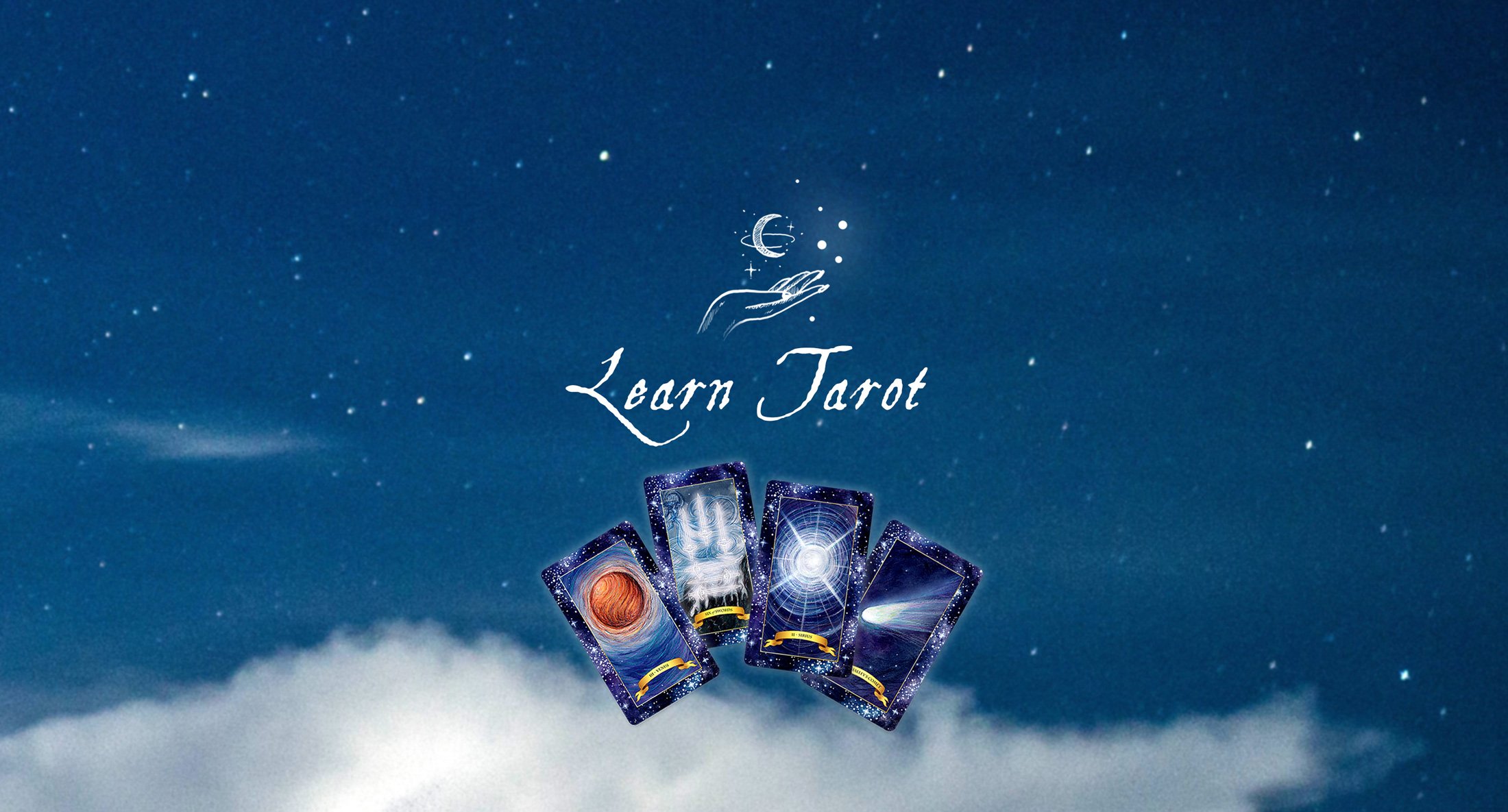Delving into the intricate world of Tarot readings is akin to embarking on a journey through a vibrant labyrinth of symbols, each turn revealing deeper truths about one’s self and the universe. The ancient art of Tarot, with its evocative imagery and profound meanings, offers a unique lens through which individuals can explore their thoughts, emotions, and life paths. This exploration can be likened to peeling back the layers of an onion—each card drawn serves as a reflective surface, revealing the multifaceted nature of human experience.
At the heart of Tarot lies the deck itself, typically comprising 78 cards divided into the Major and Minor Arcana. The Major Arcana consists of 22 cards that encapsulate significant life lessons and karmic influences. Each card is a narrative in its own right, portraying symbolic archetypes like The Fool, The Lovers, or The Death card—not as an omen of despair but as a powerful harbinger of transformation. The Minor Arcana, conversely, captures the nuances of daily experiences through four suits: Cups, Pentacles, Swords, and Wands. Together, these cards serve as a rich tapestry, illustrating the ebb and flow of life’s myriad experiences.
In seeking to learn Tarot card meanings, one must embrace a mindset of curiosity and open-mindedness. Each card functions as a mirror reflecting the querent’s (the person asking the question) inner landscape. For example, drawing the Ace of Cups heralds enthusiasm, creativity, and emotional awakening, akin to a flower blossoming in spring—a vivid reminder of the joy that can be found in both the mundane and the extraordinary. Conversely, the Five of Swords might prompt a closer examination of conflict and betrayal; it invites introspection, inciting one to consider the cost of victory and the importance of strategic compassion.
Understanding these intricate relationships between the cards enhances one’s ability to glean insights from any reading. The narrative does not merely reside within a single card. Rather, it unfolds dramatically between cards, where combinations hold transformative power. A reading is a conversation among the cards, much like a symphony harmonizing disparate notes to create a beautiful melody. To truly master the art, one must hone their intuitive skills, forging a deeper connection with each card through active engagement—just as a musician must practice scales and arpeggios before commanding an entire concerto.
The key to unlocking Tarot lies in developing a personal dictionary of meanings. Consider how one might read a literary work, where each symbol and metaphor is woven together like threads in a tapestry. You might find the Tower, typically seen as a harbinger of chaos and disruption, serves a dual purpose; it can also signify enlightenment through upheaval. Rather than shy away from its portentous nature, embrace it as a harbinger of growth—a catalyst that facilitates transformative self-awareness. This perspective allows you to appreciate the shape-shifting quality of tarot card meanings and how they dynamically interact within readings.
Another intriguing aspect of Tarot is the psychological dimensions it encompasses. Carl Jung’s concept of archetypes resonates deeply with the archetypal imagery represented in the cards. Each archetype, whether it’s The High Priestess symbolizing intuition and the subconscious or The Emperor depicting authority and structure, speaks to universal human experiences. As an explorer deciphers these archetypes, they may uncover insights not just about their current situation but also about their motivations, fears, and desires. The Tarot thus acts as a psychological mirror, reflecting the internal struggles and triumphs that define the human experience.
Furthermore, Tarot card meanings are not static; they evolve as one’s understanding of life shifts. Much like a classic novel read at different stages of life results in diverse interpretations, so too does the Tarot offer renewed insights with time and experience. This fluidity is what endears Tarot to practitioners—a lifelong companion, resonating with one’s changing emotional landscape and illuminating avenues that were once obscured.
Engagement with Tarot does not solely hinge upon divination; it also invites practical applications. Journaling after readings, creating personal spreads that resonate with current situations, or even meditating on individual cards can deepen comprehension. Rituals surrounding Tarot, whether selecting specific cards for contemplation or arranging them in meaningful layouts, deepen the connection to intuition and insight. Therapeutic practices of shadow work can also employ Tarot as a valuable tool; delving into the darker aspects of self often backed by the wisdom of the cards can foster profound personal growth, effectively illuminating the path toward self-acceptance and healing.
Ultimately, learning Tarot card meanings is a deeply rewarding journey that extends beyond mere reading. It involves a rich interplay between knowledge, intuition, and personal growth. Navigating this path is akin to embarking on an odyssey—filled with revelations that echo through the corridors of the mind and spirit. Whether one explores the cards for self-discovery, guidance, or simply the love of the symbolism, the Tarot beckons with an unmistakable allure, inviting seekers to step into its mystical embrace. Through this lens, each reading becomes an opportunity to engage with the profound possibilities of life, fostering a deeper understanding of oneself and the ever-unfolding narrative of existence.









Leave a Comment